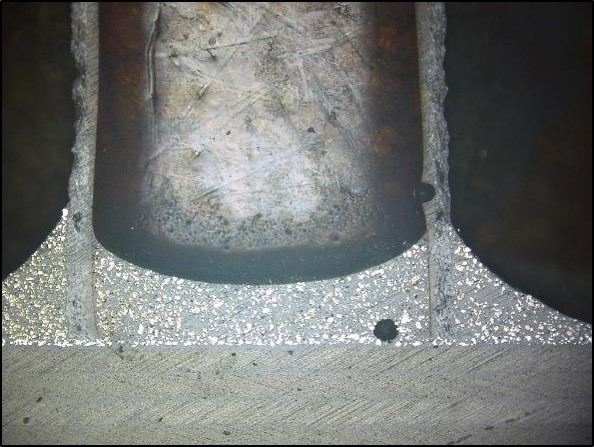Researchers:
Dan Zebrine, Mark Anders, Colten Elkin, Timotei Centea
Summary:
A collaborative project between the M.C. Gill Composites Center at USC and the Center for Composite Materials at the University of Delaware, aimed at developing a physics-based process model that can describe key aspects of the co-cure of honeycomb core sandwich structures. The primary focus of the modeling is the prediction of the adhesive bond-line formation and evolution. However, the numerical implementation of the model is expected to also address consolidation phenomena within the face-sheets. The planned work consists of a four-year model development effort supported by concurrent experiments consisting of material characterization, lab-scale manufacturing and validation case studies. The expected outputs are a model capable of accurately predicting bond-line characteristics (fillet shape, bond-line porosity) for a given set of material and process inputs, and an improved, systemic understanding of the underlying physics of co-cure.
A reliable predictive model for bond-line quality will deliver substantial benefits. Such process modeling will reduce/eliminate the trial-and-error associated with optimizing the cure cycle for a specific part, and therefore result in faster process development. Furthermore, predictive models will also allow users to evaluate the effects of specific part characteristics on process-induced defects, and combine computer-aided part design (CAD) with computer-aided manufacturing (CAM). Both points will accelerate the insertion of new materials, designs, processes and parts into service. Finally, a physics-based process model for bond-line quality will clarify the complex relationships between material properties, part characteristics, process conditions and microstructural quality. In extremis, a more detailed understanding of these interactions will help identify desirable material, part or process characteristics, and guide further technological and process development. Update


